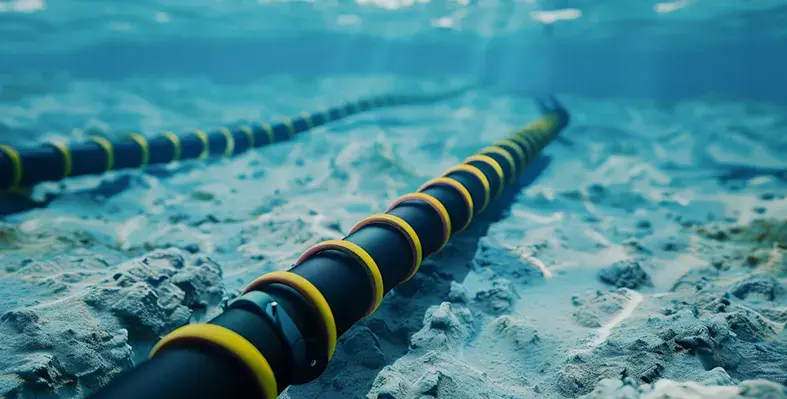Our 1985 accommodation had been pre-booked by a colleague because (a) it was cheap and (b) it claimed to possess The worlds largest piano bar. This turned out to be a best-before-1950 motel on the perimeter of McCarran airport.
p>Our 1985 accommodation had been pre-booked by a colleague because (a) it was cheap and (b) it claimed to possess The worlds largest piano bar. This turned out to be a best-before-1950 motel on the perimeter of McCarran airport.
The bar itself was by no stretch the world's largest but the proprietors had chosen their wording carefully: nearly half of its floor-space was occupied by a concert grand with the musical giblets removed to house a drinks cabinet. From this was our beverage leveraged.
Las Vegas in 1985 was much smaller than today, consisting essentially of the old city and a linear development of hotels extending southwards alongside Las Vegas Boulevard. Each hotel was the size of an average shopping mall, surrounded by a vast ground-level car-park. Some of the hotels would survive the quarter-decade but most of the parking lots would be replaced by multi-storey structures, making room for more hotels.
The NAB exhibition in those days started on the Sunday. Most non-American visitors and exhibitors arrived Thursday evening, using the next two days to adjust to the local clock and enjoy the standard tourist delights. Then as now, food was cheap and plentiful if you weren't too fussy. Most notorious was the Circus Circus eat-as-much-as-you-like self-service breakfast; severely over-priced at $2. Equally remarkable was and remains The Peppermill, a popular eating emporium conveniently close to the Las Vegas Convention Center, where a standard main course would feed a family of four.
Sensible folk spend their pre-show time enjoying the Nevada sunshine in or beside the nearest swimming pool. My preference has always been to visit, latterly revisit, the neighbouring desert before Nevada and Arizona disappear under concrete. The obvious local magnets are Boulder, the Hoover Dam, Lake Mead, the Valley of Fire, and the ski-resort of Mount Charleston - once a popular venue from which anyone interested could watch 80 or so (I lost count) free-to-air nuclear fireworks at the Nevada Test Site.
The sand and cacti within easy driving distance of Las Vegas have not changed much in the intervening quarter-century except you now have to cross a massive residential belt to reach them. You now pay to park at Hoover Dam, the Lake Mead National Recreation Area and Valley of Fire now charge tolls, and the lake is running seriously short of water.
It is often said of Las Vegas that the city will look good when completed. In 1985, many of the squares on its urban grid were in their natural condition. Hotel development had just about reached the Tropicana. Opposite this paragon of modern architecture was a golf course with a club house where you could breakfast very affordably amid conditions reminiscent of India during the British Raj. I remember congratulating our waitress on the absence of whatever is the polite word for background music; she apologised and said they were waiting for the cassette player to be fixed.
The golf club was later sold for 'development' and is now the MGM Grand.
There appears to be a recommendation in Nevada that everything except the roulette wheels and beverage-containers be rectangular. Las Vegas in 1985 had two buildings which failed to comply. One was the Rotunda, an indoor stadium resembling the conventional kind of flying saucer. This elegant structure occupied what is now the North hall of the LVCC and was very soon demolished.
A few hundred metres west was a smaller but otherwise similar saucer perched on the top of a stout cylindrical tower: the Landmark hotel. This was such an unusual design that it gave Controlled Demolition Inc much cause for thought when called upon in 1995 to convert it into a pile of rubble. A strategy involving the detonation of 100 pounds of explosives was selected. The demolition was captured for posterity via an elderly Sony Betacam placed at the base of the tower. This provided live video to a safely distant OB crew. The Betacam actually survived the experience and was later exhibited in a historical context at NAB itself.
Perhaps the same edict will be issued against The Stratosphere.
The NAB Convention in 1985 occupied the Central and North halls plus an appendage in part of the adjacent Hilton which was filled mainly with software-based products limping along on, by today's standards, tortoisean PCs. The software category expanded so quickly that an entire subset of NAB had to be opened in the Sands to accommodate it. The LVCC's twin-deck South hall would not be completed until 2004.
Highlight of NAB 1985 for me was being permitted to climb up to the catwalk suspended beneath the roof of the Central hall. This was about 10 a.m. on the final day of the show, my objective being to photograph some of the largest booths from above. The hall was thinly populated with visitors at this early hour but a cluster of heads and shoulders could be seen around three of the 1985 big-names: Ampex, Quantel and RCA. Ampex was still the obvious choice for video tape recorders but locked in a battle it would eventually lose against Sony. Quantel was at the forefront of video graphics and pulled large audiences to see its user-sourced video demos. And RCA was showing the latest version of its solid-state camera at a time when its competitors were still selling the CRT variety.
NAB has long been the definitive launch platform for new broadcast kit, much of it in prototype form pending actual introduction at IBC. This was the case as far back as the 1956 convention in Chicago when Ampex demonstrated the world's first practical broadcast-quality VTR (Quadruplex) to a hugely impressed audience. What would that audience have made of today's 1080i ramcorders?
I remember my first sight of a plasma display screen in 1992, exhibited by Fujitsu in a future-technology area. And early colour LCD screens of incredible quality mounted on laptop PCs. Some prototypes were let out of the R&D bag too soon for their own good, notably an early flat-screen display which had different R, G and B lag speeds, with interesting effect on the incoming live video of fast-moving Las Vegas motor traffic.
NAB bounced into two other cities before cementing itself into Las Vegas. Dallas was memorable for the flatness of its terrain and its magnificent lightning storms. And Atlanta for being...well...Atlanta.
Will the NAB convention survive another 25 years? I think so. If you keep an occasional eye on www.physorg.com, you will be aware that the raw science on which new technologies depend is progressing to an almost incredible degree. It is now possible to buy a just-about-broadcast-quality camcorder on a key-ring (£40) and even a 125 gigabyte USB RAM (£1,000 but watch it come down). And display devices will certainly not stop at today's 40 to 60 inch flat-panels. The future of television broadcasting is big, bright and...hmm...maybe 3D.
David Kirk






















